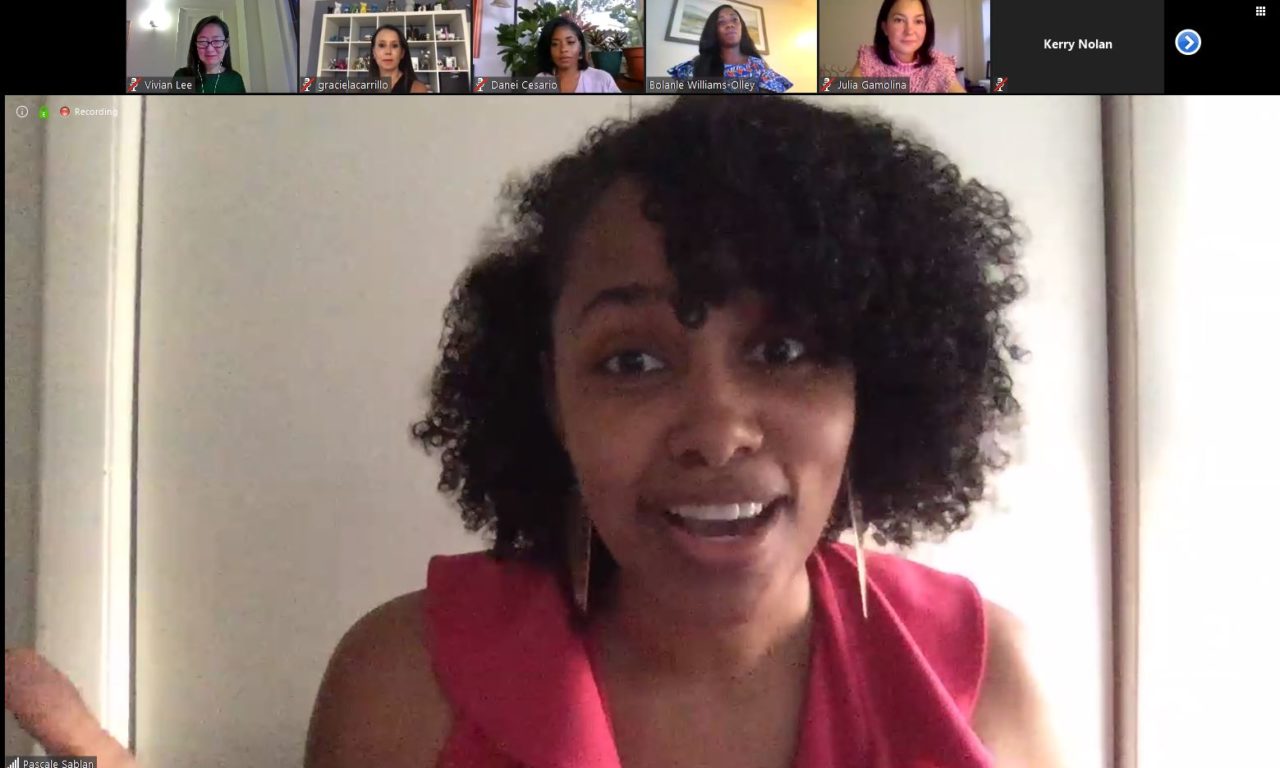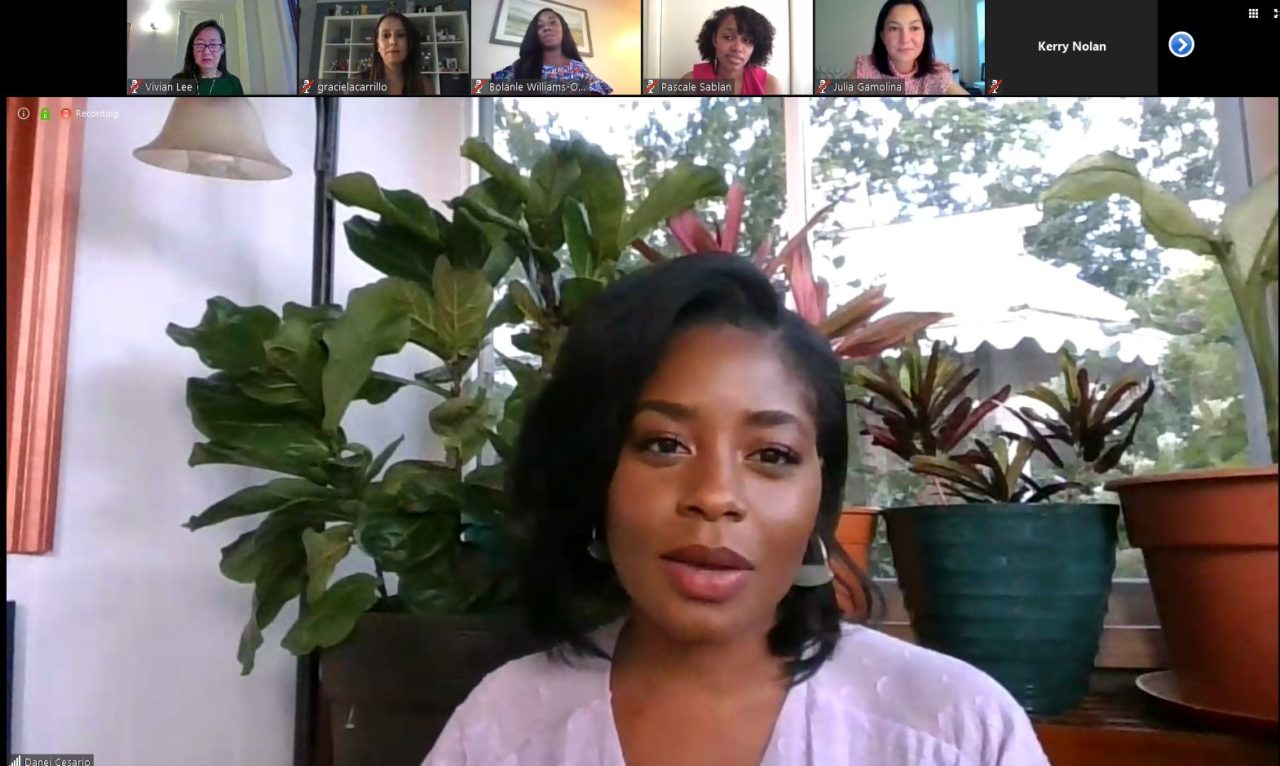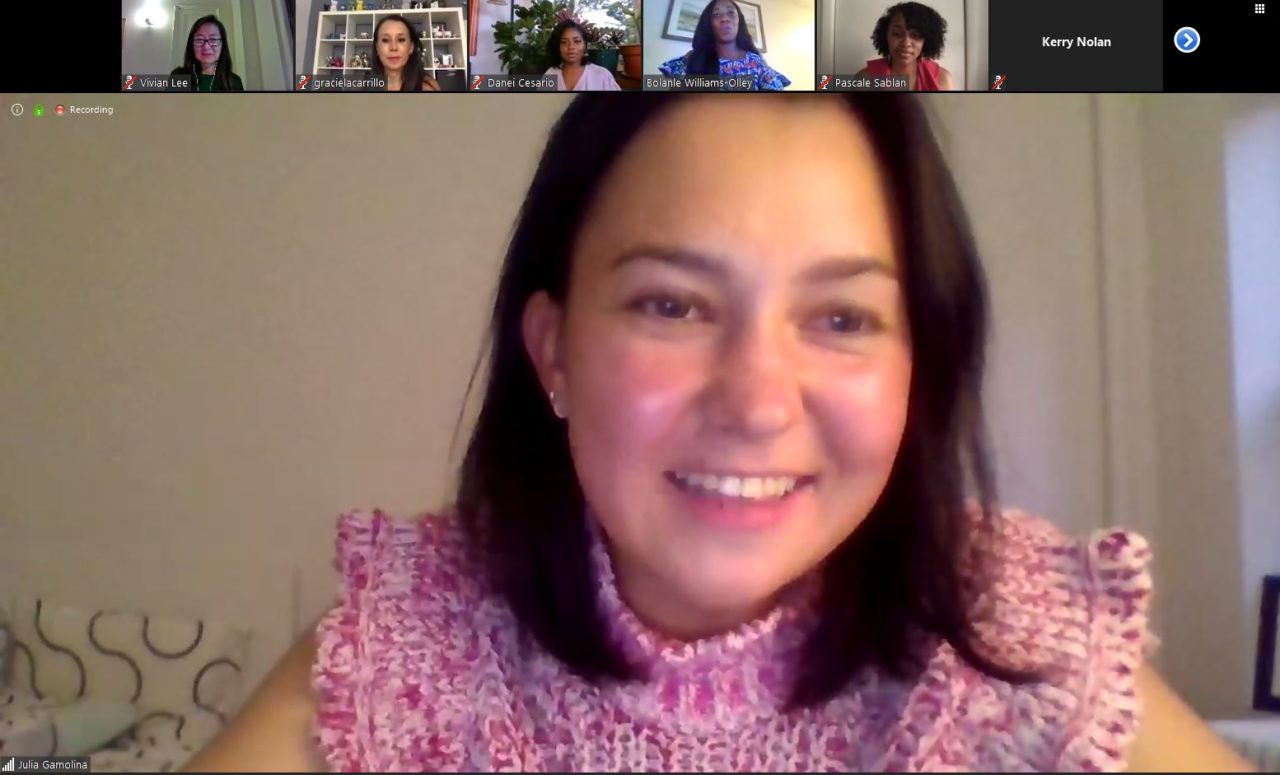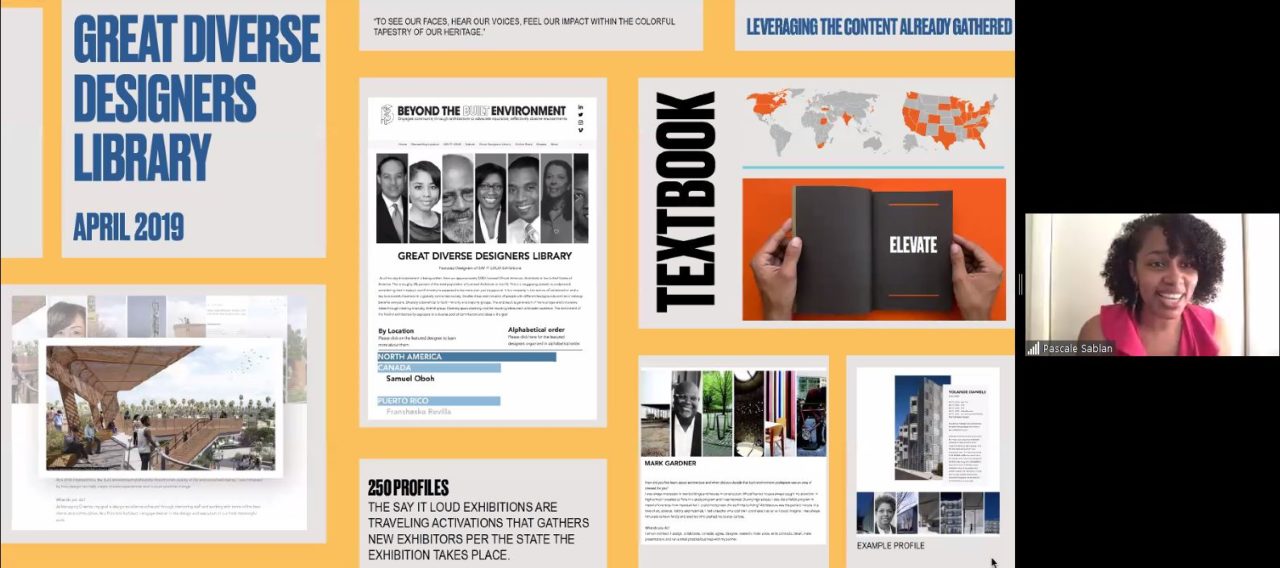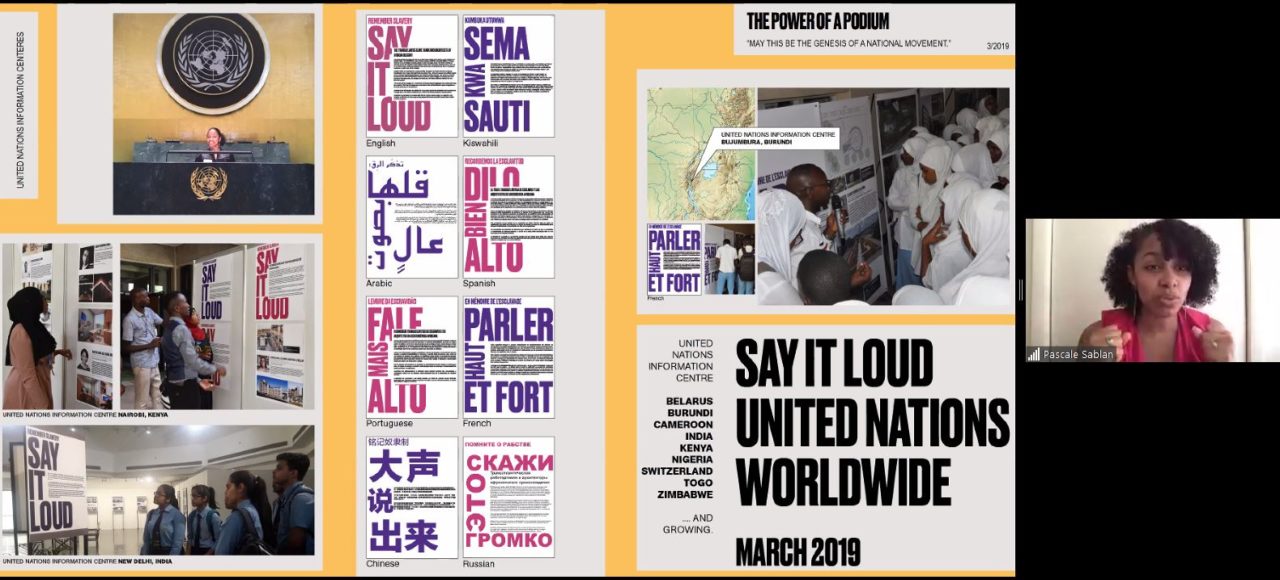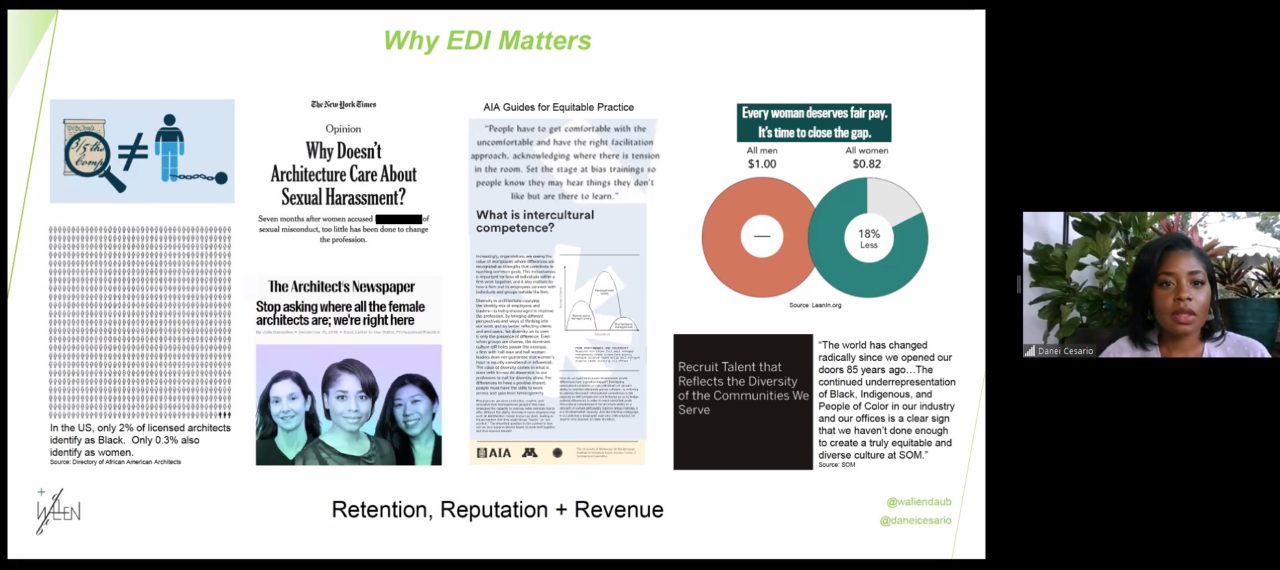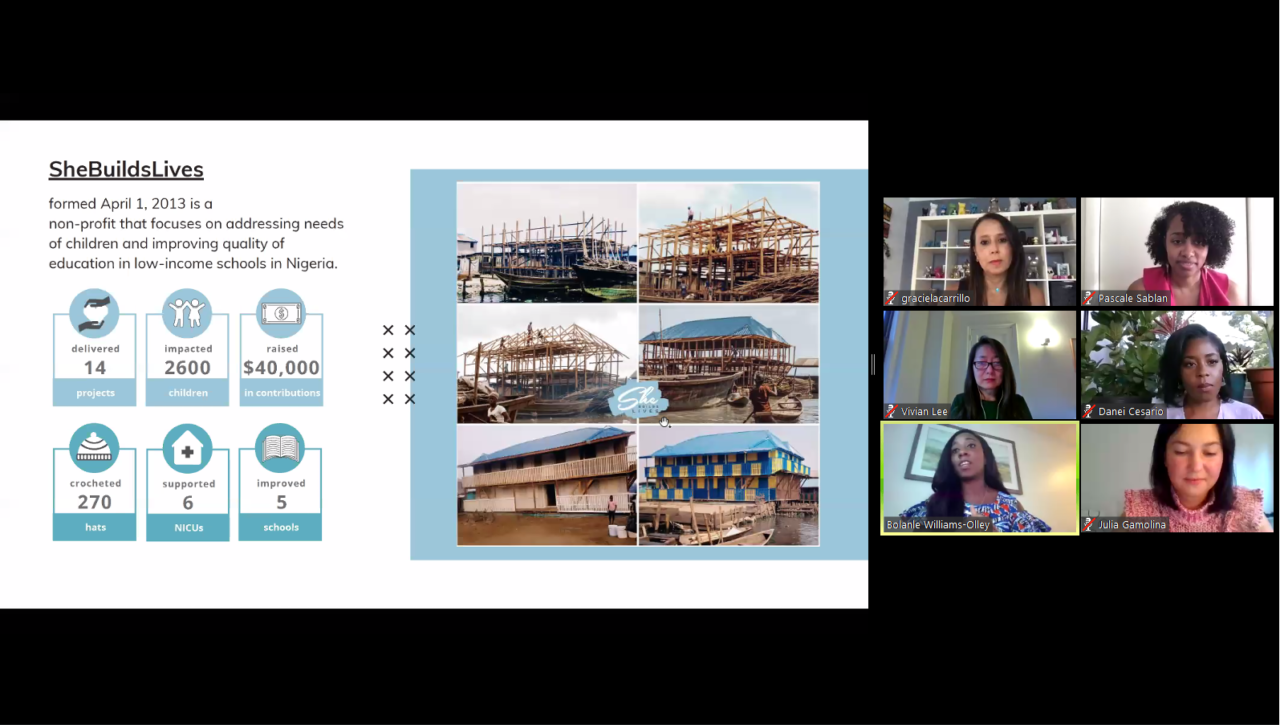-
August 29, 2020Voices of Equity, Diversity, and Inclusion: Championing Change
![200820 AIA WIA VoicesEDI 01]()
![200820 AIA WIA VoicesEDI 23]()
![200820 AIA WIA VoicesEDI 21]()
![200820 AIA WIA VoicesEDI 18]()
![200820 AIA WIA VoicesEDI 17]()
![200820 AIA WIA VoicesEDI 14]()
![200820 AIA WIA VoicesEDI 13]()
![200820 AIA WIA VoicesEDI 12]()
![200820 AIA WIA VoicesEDI 11]()
![200820 AIA WIA VoicesEDI 10]()
![200820 AIA WIA VoicesEDI 09]()
![200820 AIA WIA VoicesEDI 08]()
![200820 AIA WIA VoicesEDI 07]()
![200820 AIA WIA VoicesEDI 06]()
![200820 AIA WIA VoicesEDI 05]()
![200820 AIA WIA VoicesEDI 04]()
![200820 AIA WIA VoicesEDI 03]()
![200820 AIA WIA VoicesEDI 02]()
In light of the Black Lives Matter Movement and ongoing efforts to achieve equity, diversity, and inclusion (EDI) in our workplace and our industry, the AIA New York and AIA Long Island Women in Architecture Committees hosted Voices of EDI: Championing Change. Three speakers, all champions of EDI—Bolanle Williams-Olley; Danei Cesario AIA, RIBA, NCARB, NOMA; and Pascale Sablan AIA, NOMA, LEED AP—shared their initiatives in promoting equity, diversity, and inclusion. Learning objectives for this session included:
- Developing strategies to increase the number of minority professionals in the architectural field
- Identifying possible allies to support advocacy efforts in the implementation of equity, diversity, and inclusion initiatives
- Describing programs that will advance leadership roles in the architectural field for minority professionals
- Defining the concept of equity, diversity and inclusion and the importance within the design industry
Bolanle Williams-Olley focused on her specific roles in finance and project management, which informed her path as an advocate. She also presented her work from the three impact organizations she founded: SheBuildsWaves, SheBuildsLives, and REACH Nigeria. Danei Cesario and Pascale Sablan elaborated on ways everyone can take action and contribute to the cause through their initiatives—WALLEN + daub, and Beyond the Built Environment. They also offered insight into how to advocate for justice, complementing EDI. Their suggestions, ideas, and actions are invaluable in how we can contribute to building a more equitable profession. Julia Gamolina tailored the dynamic conversation, and also highlighted her work in making women in our industry more visible through her incredible online platform, Madame Architect.
Their contribution, passion, advocacy, and above all, their dedication to elevating women architects in our industry, and in our community will have an immeasurable impact on the future generation of women architects. They are the true JEDI champions as their voices resonate across the country and beyond through their words and actions.
We would like to thank all the attendees from over 22 cities in the country and beyond for their engagement, only ensuring we move forward together!
Note: A recording of the panel discussion will be uploaded on this page in 2-3 weeks.
Pascale Sablan answered additional questions from the audience:
What are the panelists (and you, Julia), reading right now?
PS: TOUGH LIBERAL, a book about Albert Shanker and just purchased THE COLOR OF LAW.
Who can submit to ‘Say it Loud’?
PS: Diverse Black, Indigenous, People of Color. Women of any ethnicity, designers, architects, interior designers, urban planners, landscape architects, engineers, artists, and students. Anyone who impacts the built environment.
Do you think individual advocacy is more effective in the profession than, say, company-mandated bias/sensitivity training? Do you see value in company-led trainings and initiatives?
PS: It is important that we attack the issues from all angles and enlist as much as support as we can. Some may be more effective in an office, others in membership organizations and others, individual work. Training led by experts is always ideal, bias/sensitivity training can be very effective if handled by experts who enforce ramifications if not adapted and if bias persists.
How do you deal with failure and keep going? Often time a person in the spotlight is under more scrutiny and we all mess up sometimes. How do you combat prejudice from others who assume you are a representation of all women or all ____?
PS: The definition of success and failure is defined by us. Yes, we carry the burden of representing our gender and race buts who i strive to make proud. When that occurs, I use that prejudice to fuel my purpose.
Women in Architecture
The Women in Architecture (WIA) Committee is dedicated to cultivating and advancing women leaders within the architecture profession. Its initiatives center on mentorship, licensure, and networking opportunities in architecture and the allied design and building industries. WIA’s mission is to foster the promotion and elevation of women to leadership roles, guided by four key pillars: Design & Leadership, Professional Practice & Development, Workplace Culture, and Advocacy & Activism.










